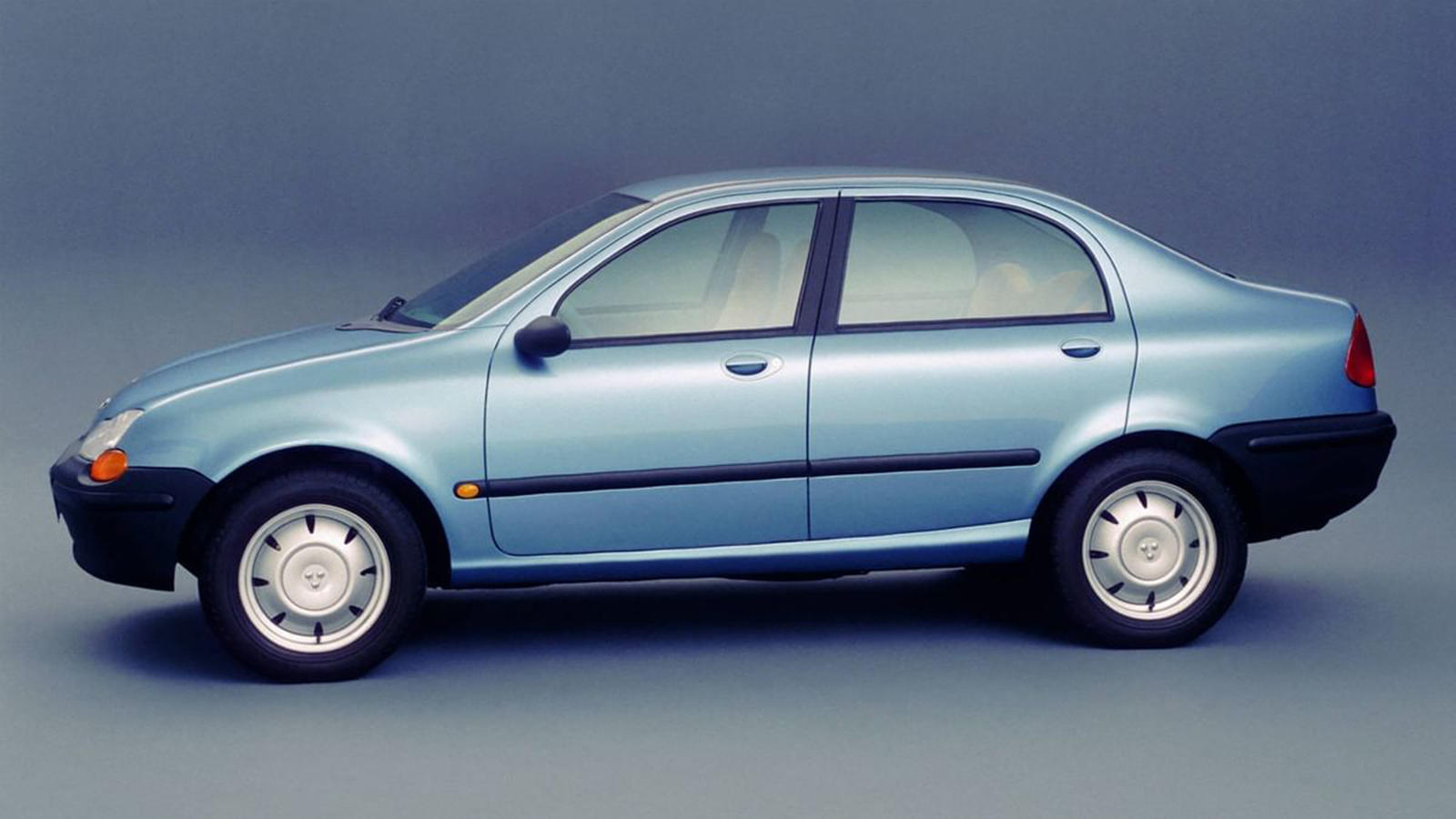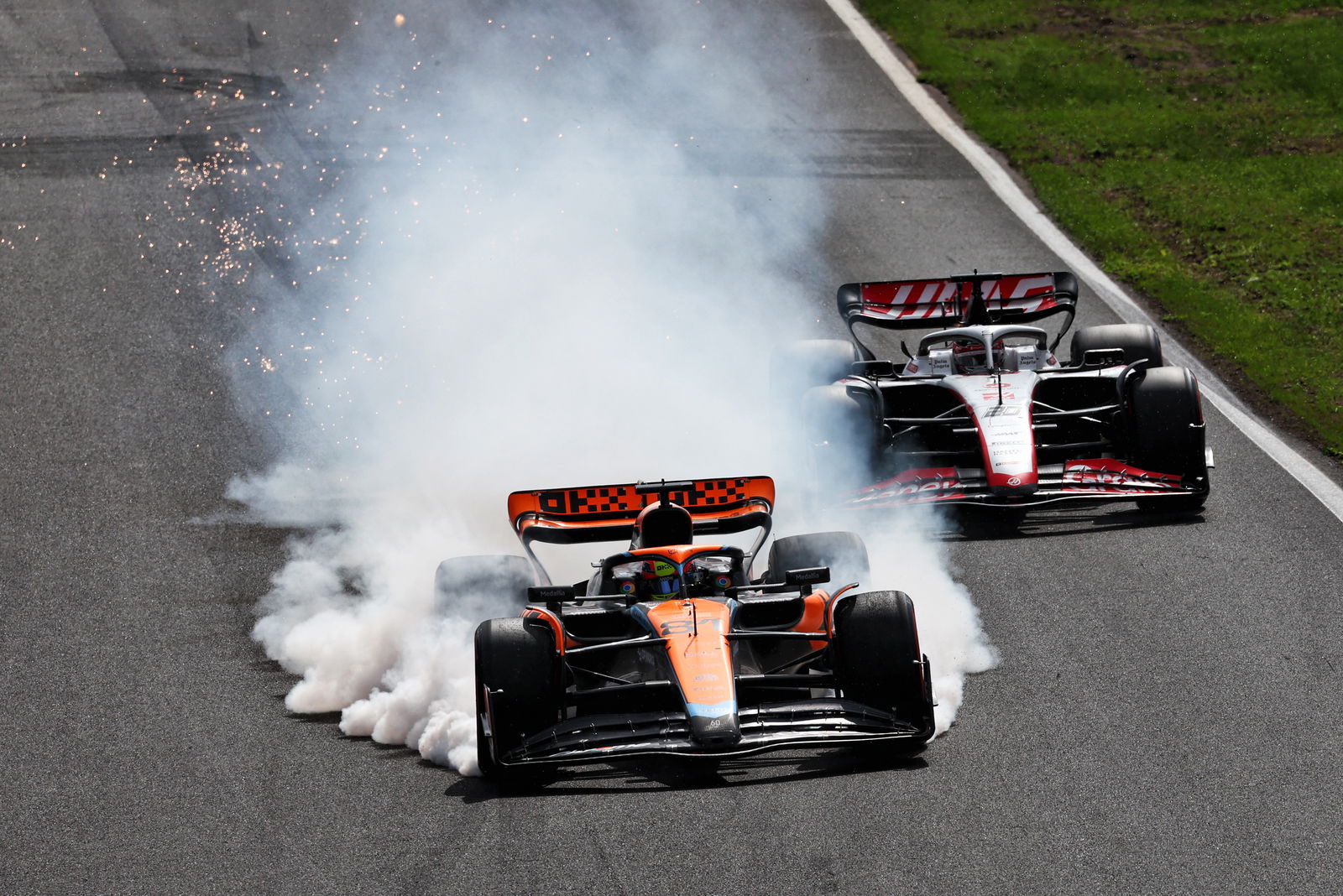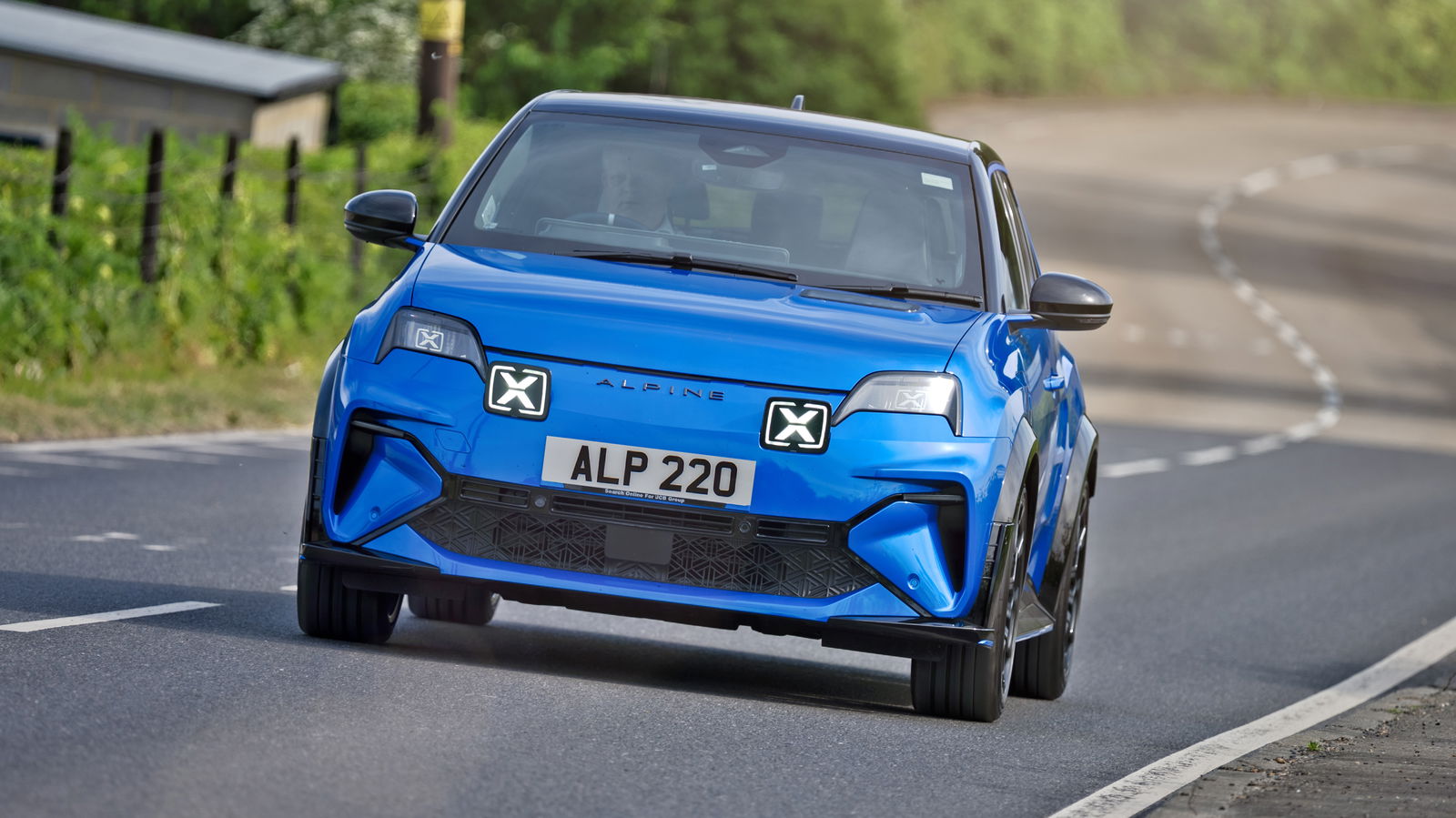Porsche Once Tried To Make A Family Car For China And Failed

It’s easy to forget now, but Porsche of 1994 was in a very different state to today. As an independent manufacturer back then rather than holding an association with the VW Group, it found itself in near-bankruptcy. The 911 was still selling well, but the Boxster was still just an idea, and the 968 and 928 just couldn’t do enough to keep things steady. It needed a money-maker, and fast.
Meanwhile, the Chinese government had a problem of its own. Its country was in the midst of an industrial boom, and its people wanted affordable cars. Rather than look for a domestic solution, it wanted to take advantage of the well-established Western automotive industry and put out a call for concepts. The brief was simple - it needed to be cheap, fuel-efficient, capable of carrying five people and be built in China in partnership with First Automotive Works. This was to be China’s ‘People’s car’, its own modern version of the Beetle.
Now, Porsche itself was only building sports cars at the time, and the idea of them making a sudden switch to economy cars for Asia wasn’t exactly a natural move for it. However, it did have a trick up its sleeve in the form of Porsche Engineering, its subsidiary which often helped other car manufacturers in development. The Audi RS2 is perhaps the best known, though it also developed an engine for the first-gen Seat Ibiza and would later help with the first-generation Vauxhall Zafira.

Seeing the potential goldmine that was a country just shy of 1.2 billion population, Porsche Engineering set to work producing its vision of the Chinese government's brief, and it didn’t do it half-heartedly despite going from idea to showcasing the concept in just four months. Reports at the time suggested it consulted local business owners and journalists to get an idea of what a car for China should be like, and brought engineers over from the country to help with development.
The result was the Porsche C88, not that it looked like a car that should wear the manufacturer’s name. It wasn’t a looker, but it was designed to be built cheaply and be easily adaptable to estate and pick-up truck forms.
It didn’t wear a single Porsche badge either, instead, it had a triangle with spheres designed to represent China’s one-child policy - backed up further with the inclusion of a single child seat in the back of the car. 88 was another nod to appease the locals, a reference to 8 being one of the luckiest numbers in Chinese culture.
Power came from a weedy 1.1-litre four-cylinder engine, with the intention of power outputs ranging from 48 to 68bhp depending on just how kind the industrial revolution was to your finances. With the car weighing just under a tonne though, a target economy figure of 49mpg was the one that really mattered.

Of course, Porsche wasn’t the only one bidding to build China’s People’s Car, with Mercedes, Ford and Chrysler all getting into the mix. In the end, none of it mattered - with the Chinese government canning the idea altogether.
Keen not to waste its work on the C88, Porsche pitched the car to various Indian investors but nobody bit, leaving the project stillborn and with the sole car built now residing in Porsche’s Stuttgart museum.
As history tells us, the C88 didn’t need to be the saviour that Porsche envisioned. The Boxster largely did that, while the Cayenne arriving in 2002 secured the brand’s future, leaving the financially rocky period around the time of the C88 firmly in the past.



Comments